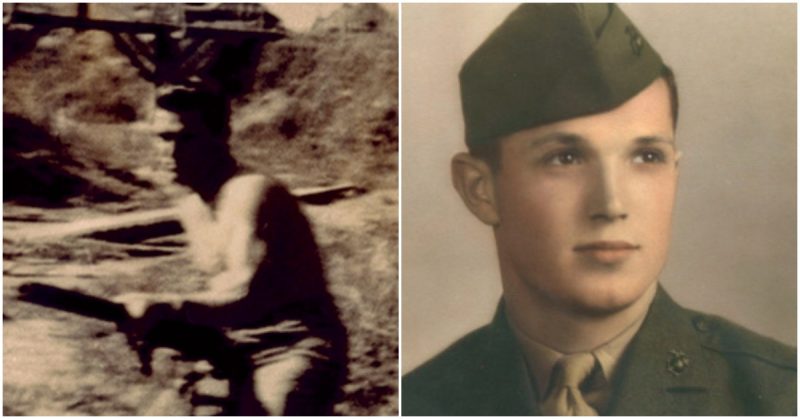Battlefield conditions often necessitate a number of things in order to achieve victory–inventiveness and courage.
One US Marine that exemplified both of these characteristics was Corporal Tony Stein, who carried a modified aircraft machine gun into battle, took out over twenty Japanese troops, and saved a number of his fellow Marines who had been wounded in the fighting. For his extraordinary courage and valor, he was (posthumously) awarded the Medal of Honor.
Born to Jewish immigrants from Austria, Tony Stein was born in Dayton, Ohio in 1921. After graduating from high school he worked as a toolmaker for a while, but shortly after the United States entered the Second World War he enlisted in the US Marine Corps Reserve, just before his 21st birthday.
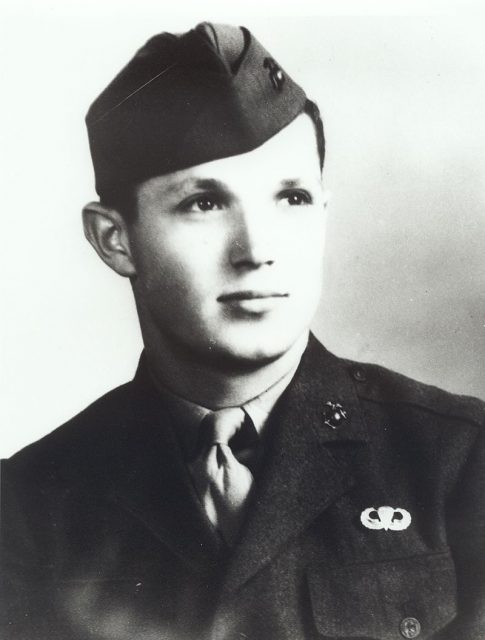
For a while Stein was part of the elite Paramarines, a specialized Marine Corps paratrooper unit. He fought in the Pacific theater, including during the Bougainville and Vella Lavella campaigns and saw action on a number of occasions.
In one battle during the Bougainville Campaign he took out five Japanese snipers in one day; Stein was clearly a force to be reckoned with on the battlefield.
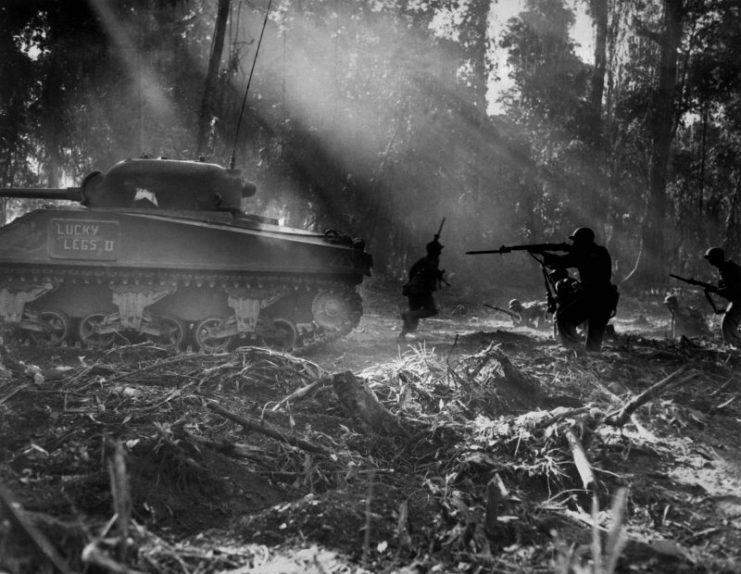
After the Paramarines disbanded in 1944, Stein was promoted to corporal and assigned to the 5th Marine Division where he served as the assistant squad leader of Company A, 1st Battalion, 28th Marines.
The Marine Corps has always been known for its inventiveness as well as its effectiveness, and the US Marines in the Pacific theater were no exception. While most companies had a Browning M1919 machine gun as a support weapon, they were not particularly portable and often required up to four men to move and operate.
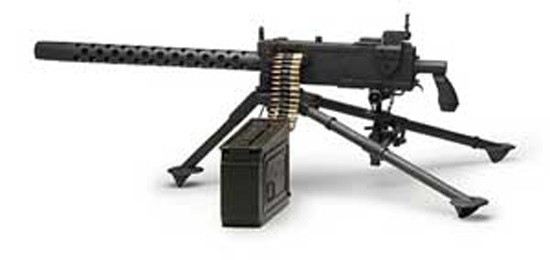
A variant of the M1919 was modified to be used on bombers and patrol aircraft. This much lighter version, which also had a much higher rate of fire (up to 1350 rounds per minute, compared to the M1919’s 400 rounds per minute), was dubbed the ANM2.
An enterprising Marine, Sergeant Mel Grevich, salvaged a few of these ANM2s from junked aircraft, attached them to M1 Garand rifle butts, bipod legs, and a 100 round box magazine to create a potent but highly portable machine gun that was dubbed “The Stinger”.
Six Stingers were made, and one of them ended up in the hands of Tony Stein when his unit landed on Iwo Jima on February 19th, 1945.
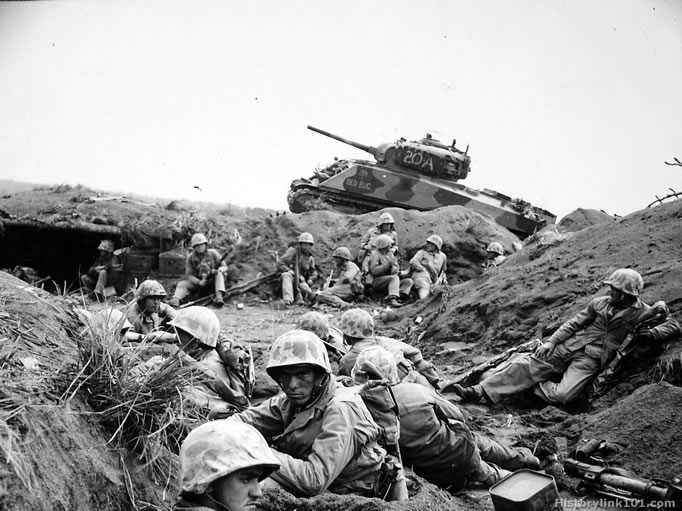
The Japanese were well-entrenched on the island, and the American troops knew that the battle would be no cakewalk. Stein, however, showed no signs of fear or worry. He was among the first troops to set up a defensive position beyond the beach, and it wasn’t long before he began to get his Stinger into action.
Because the Stinger was capable of an astonishingly rapid rate of fire, it proved to be tremendously effective at taking out enemy pillboxes and machine gun positions. But firing its 30-06 rounds at 1350 rounds per minute meant that frequent ammo runs were needed.
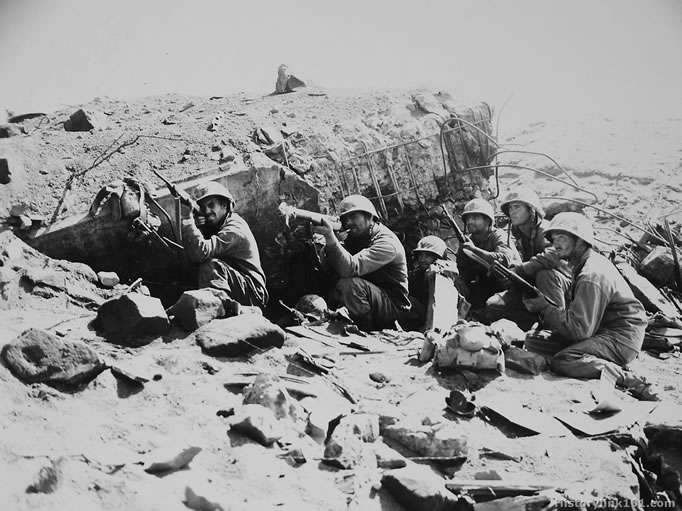
Stein mercilessly and systematically attacked the enemy positions with his Stinger, taking out pillbox after pillbox and racing back to the beach to resupply himself with ammunition every time he ran out.
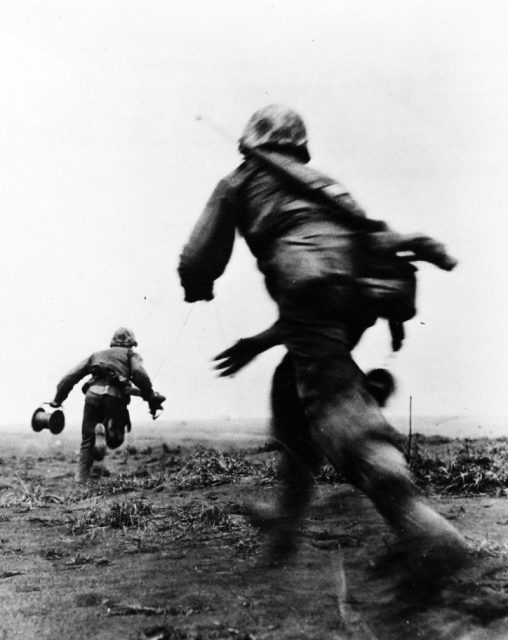
During most of his resupply journeys–which he did minus his helmet and boots so he could run faster–he helped a wounded Marine get back to safety.
When his comrades were pinned down by enemy fire, Stein would bravely stand up and draw the fire to him so that he could pinpoint the enemy’s exact location, and then obliterate their position with his Stinger.
Stein took out at least twenty enemy troops and made the run back to the beach for resupply eight times while under enemy fire. At the end of the day he helped his unit withdraw to a position of safety, during which time his Stinger was twice shot out of his hands.
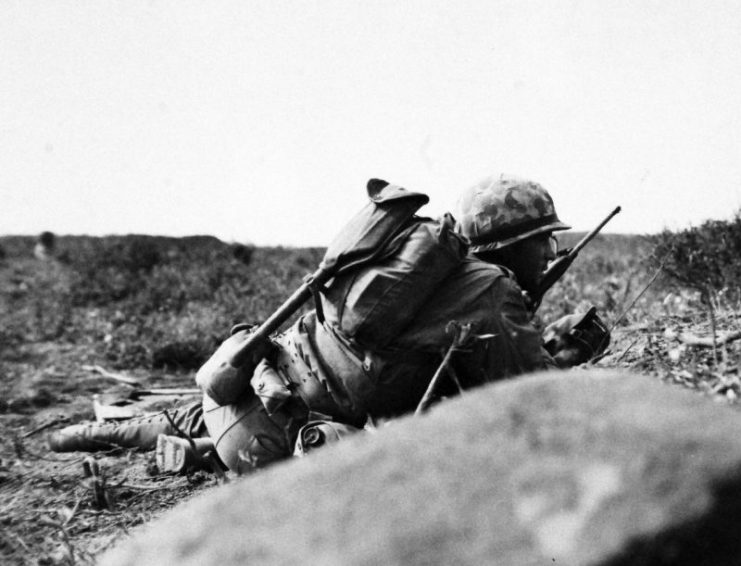
The next time Stein saw action was during the capture of Mount Suribachi on February 23rd, which produced one of the most iconic war photographs of all time, Raising the Flag on Iwo Jima, as captured by Joe Rosenthal. But Stein was not present as the iconic photograph was taken since he was wounded and evacuated during the fight.
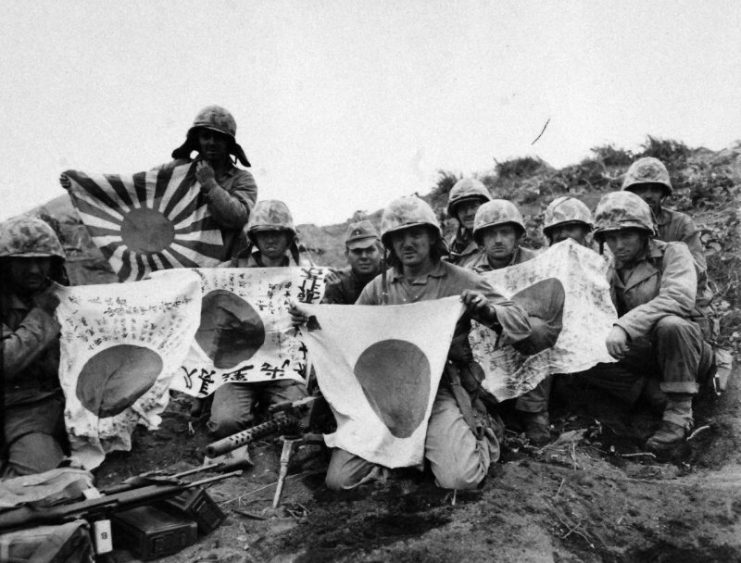
When Stein’s regiment went into battle again on March 1st, they got pinned down while attempting to capture the heavily fortified Hill 362A. Stein left the hospital ship to join the battle–but this time luck was no longer with him. A Japanese sniper put an end to the enterprising young Marine’s life that day.
Read another story from us: One Man Regiment at Iwo Jima – MoH Marine Becomes Army Mess Hall Cook
Stein was posthumously awarded the Medal of Honor, America’s highest decoration for valor, for his actions on Iwo Jima on February 19th, 1945. The medal was presented to his widow exactly a year after his heroic actions that day. While Stein’s memory lived on, all six of the improvised “Stinger” machine guns have since been lost in the mists of history.
